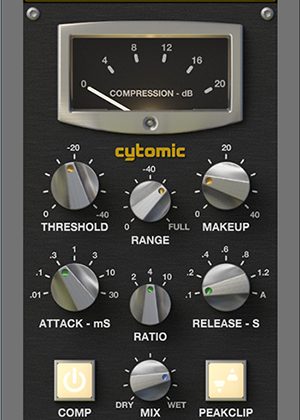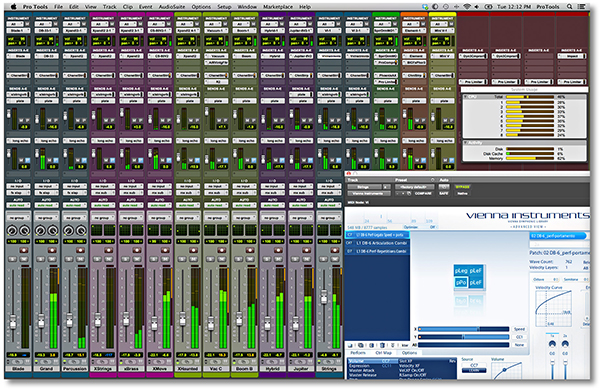
The Glue made it easy because of its ability to handle both transients and prolonged energy bursts with transparency and clarity. Normally I would resort to softer limiting to even things out, but that requires great care and tweaking in order to avoid losing some impact. On the same project I was able to tighten up the lead dubs and choirs without losing any punch, which was a nice surprise. One of my mixing projects had four different bass guitar tracks mixed into one mono group channel, and The Glue helped me to even out the levels of the different bass tones without introducing any compression artifacts. In Useĭuring the test period, I used The Glue on a bunch of different instruments and group channels, with great success. The topmost compression meter displays the depth of compression in an RMS-level fashion, and clicking the display will show the amount of peak compression too. It's basically a fixed waveshaper that is linear up to ‑2dB, has a smooth curve to ‑0.5dB, and is then horizontal. To catch overshooting transient peaks, there is a peak clipper available with zero attack and release time, and with a fixed infinite ratio and medium knee. Unfortunately, the VST3 standard is not yet supported, so the success of setting up an external side‑chain very much depends on the DAW host and its ability to route audio in a flexible way. When you press the external side‑chain button, the plug‑in reports one or two extra inputs - depending on whether it is set up for mono or stereo processing - making it possible to use any signal to control the compressor. The side‑chain EQ is a gentle 6dB/octave filter with a cutoff frequency that can be set from zero to 2000Hz, and it can be applied to the internal signal or an external side‑chain signal.

Threshold and make‑up gain are represented by two knobs but, more interestingly, there is a compression range knob, which limits the maximum amount of compression applied, regardless of the other settings. As for the release settings, they range from 0.1 to 1.2 seconds, with the classic auto‑release at the clockwise extreme. The attack settings range from 0.01 to 30 milliseconds (the fastest setting is not present in the original hardware). At 4:1, the compression becomes more obvious, and at 10:1, The Glue is basically a peak limiter. The classic three‑step ratio knob is positioned in the middle of the interface, and at its 2:1 setting a relatively subtle soft‑knee compression is applied. The two pretty much share the same settings except that there are additional attack and release settings in the plug‑in, along with a high‑pass side‑chain filter, Dry/Wet control, and compression Range control.

During the process of creation, an XLogic hardware unit was used to compare and tweak the performance of the plug‑in. Schematics from the SSL E‑series bus compressor have been used to build the digital model, but instead of modeling the non‑linearity of the VCAs, a 'perfect' VCA has been modelled, which makes The Glue sound more like the modern SSL XLogic G‑series compressor.

The Glue is based on the highly acclaimed SSL bus compressor.

#Cytomic the glue peak clip free#
The CEO and founder Andrew Simper started out making free VST plug‑ins under the name Vellocet in the late '90s, and later moved on to developing effect modules for FXpansion's highly acclaimed Guru and BFD2 drum instruments, before working on the same company's D‑CAM: Synth Squad, which received a rave review in the January issue of Sound On Sound. How does their plug‑in compare with established offerings from Waves and UA?Ĭytomic are a rather new company, but do not lack in experience when it comes to making plug‑ins. Cytomic have gone to great lengths to mimic the sound of the famous SSL bus compressor, with its unique ability to 'glue' things together.


 0 kommentar(er)
0 kommentar(er)
